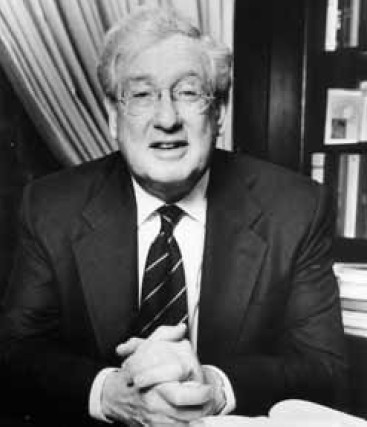Take a Journey Through Chinatown's Past
New York, NY (January 14, 2021)
Kevin Chu, Assistant Director of Collections at MOCA, and Lauren Gilbert, Senior Manager for Public Services at CJH, will lead a behind-the-scenes discussion on Zoom focusing on the life and work of Emile Bocian, whose photography is the subject of a new online exhibition, An Unlikely Photojournalist: Emile Bocian in Chinatown. https://cjhexhibit.wixsite.com/bocian
Born in New York to Eastern European Jewish immigrants, Bocian worked as a photojournalist in the 1970s and 80s for The China Post, a Chinese-language daily in Manhattan’s Chinatown. Through never-before-seen photographs, the new exhibit allows viewers to explore the sites of celebrations, visit the storefronts where people went to shop and eat, wander through streetscapes, and rub shoulders with politicians, celebrities, and religious officials.
“This exhibit provides a fascinating look into an under-documented period in Chinatown’s history. It is also a nostalgia trip for those of us who were alive at the time, and an eye-opening glimpse into the near past for those who weren’t, allowing a peek into NYC in the era of pay phones, hula hoops, mom and pop shops, and some interesting fashion choices," said Gilbert.
Though he was an outsider and never learned Chinese, Bocian and his camera became familiar fixtures on the streets of Chinatown. As a Polish Jew, he shared an immigrant’s status with his neighbors. This commonality made Bocian a fitting ambassador and bridge-builder between the two communities.
Bocian’s grandniece and nephew will be in attendance and will share their memories of their uncle, the self-proclaimed “expert on Chinatown.”
“Bocian’s photographs manage to capture the frenetic energy of a growing Chinatown during a time when the community saw an influx of new immigrants from Guangdong province and Hong Kong,” said Chu. “While he served mainly as a silent documentarian, many longtime Chinatown residents recall seeing him with his iconic bowties around the neighborhood.”
During his time in Chinatown, Bocian befriended Chinese American actress Mae Wong. She would rescue over 120,000 photographs, negatives, and contact sheets from his apartment after his death in 1990, donating them to MOCA in the mid-1990s.
The exhibition was originally scheduled to open at CJH in April 2020 and will be installed at a later date. The unique partnership between CJH and MOCA reaches beyond this shared exhibit. In 2019, the two organizations were jointly awarded a grant from the Council on Library and Information Resources for a three-year project to enable both museums to digitize and showcase understudied intersections of the Jewish and Chinese immigrant and refugee experience in NYC. It was out of this collaboration that the idea for this exhibition was born.
On January 23, 2020, a devastating fire consumed the Chinatown building housing MOCA’s archive, along with a host of other cultural and community organizations. The preliminary batch of Bocian’s photographs and artifacts chosen for this exhibition had been brought to CJH one week before the fire, sparing this small selection from potential ruin. More than 85,000 items were salvaged from the fire-torn building and are now undergoing conservation at an offsite location.
MOCA has found a new home for their archives and research center at 3 Howard Street, one block from the old location.
This exhibition has been made possible in part by The David Berg Foundation’s creation and support of The David Berg Rare Book Room, a major grant from the National Endowment for the Humanities: Exploring the Human Endeavor, public funds from the New York City Department of Cultural Affairs, and a Humanities New York CARES grant.
The Center for Jewish History illuminates Jewish history through archival preservation, public engagement, and digital access to the largest archive for the Jewish experience in the world outside Israel. The collections of the Center’s five in-house partner organizations – the American Jewish Historical Society, American Sephardi Federation, Leo Baeck Institute, Yeshiva University Museum, and YIVO Institute for Jewish Research – comprise over five miles of archival documents in dozens of languages and alphabet systems, over 500,000 volumes of books, 6 million digital items, and thousands of artworks, ritual objects, textiles, and recordings, all spanning 3,000 years. The Center opens these collections to the public and activates the stories they hold. www.cjh.org
Shop the Center for Jewish History’s collection of unique gifts inspired by the exhibition, Emile Bocian: An Unlikely Photojournalist at https://cjhexhibit.wixsite.com/bocian/shop
Members of the media should contact Ilana Rosenbluth at irosenbluth@cjh.org (201) 240-0845 to schedule a Zoom, Skype, or phone interview.




